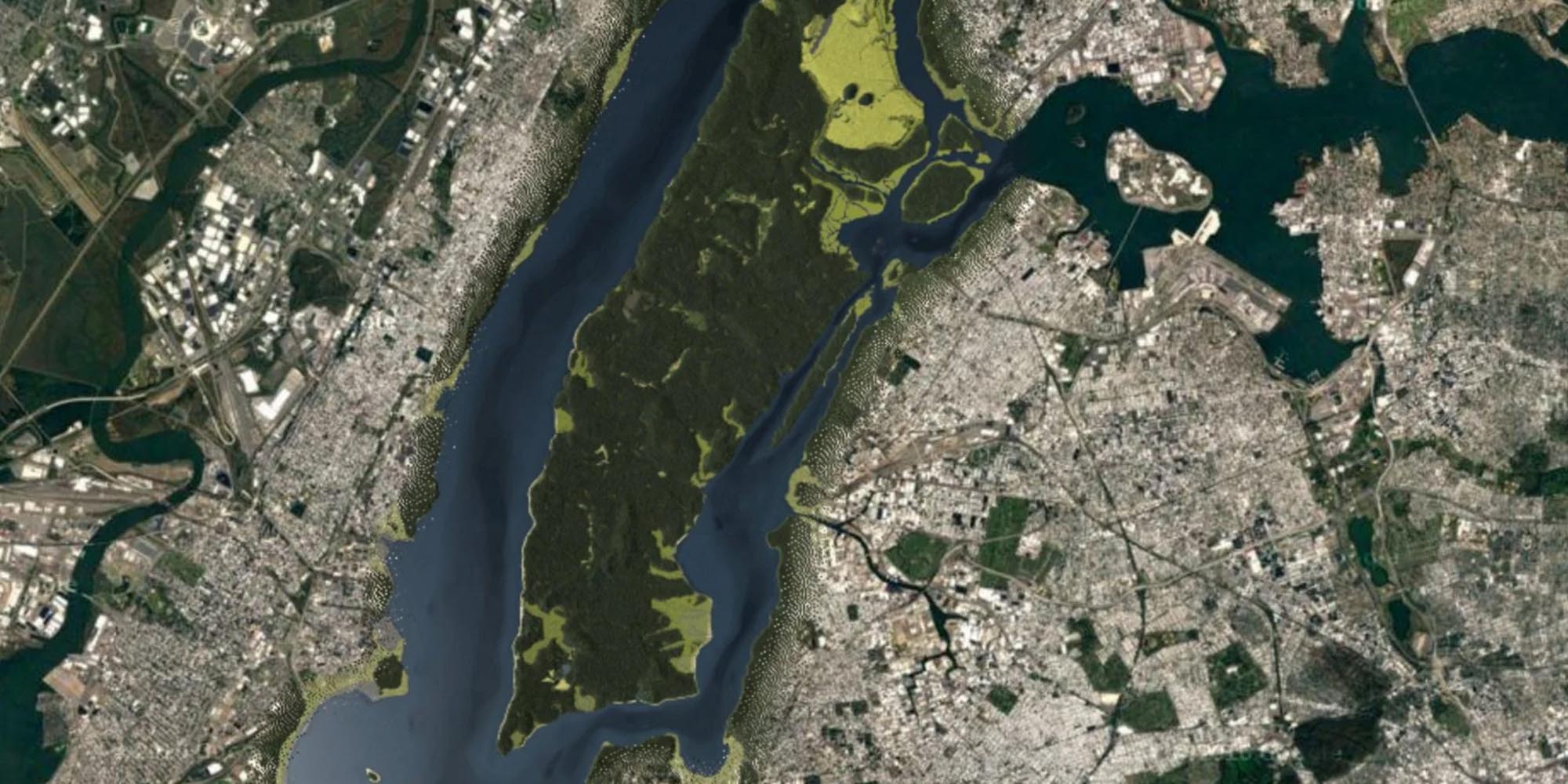November 19 | 2pm | 12 Fulton Street | Free
Join the Ramapo-Munsee Lenape and the Seaport Museum for a special Land and Water Acknowledgement Ceremony and engaging storytelling to honor the Native people of the region the Seaport Museum now calls home. Together, we will delve deeper into the history of the waterways that influenced New Amsterdam and get a deeper understanding of “Where New York Begins.”
Ramapo-Munsee Lenape Tribal Leaders will give remarks and discuss the history of Lenapehoking, the Indigenous territory of the Canarsee and Manahatoos, who once cultivated and protected the lands that are now known as the South Street Seaport. The ceremony will include screening of the short film Silent Tribute, A Rainey Film & Media Production, and close with a traditional flute song.
Following the ceremony, Amy Martinez, Ramapo-Munsee Lenape tribal member, will present an Indigenous book reading of a work authored by a member of the Nanticoke Lenni-Lenape.
A reception will follow the program. Registration is encouraged for this free event but walkups will be accommodated as possible.
Please Note This is a Past Program, Event, or Activity
You are viewing an archived page for a program, event, or activity that has already taken place. In most cases these pages are no longer actively maintained and because of that may contain inaccurate or out-of-date information. These pages are left publicly viewable to preserve institutional memory and to allow the public to learn more about the types of programs, activities, and content created and made available by the South Street Seaport Museum throughout its history.
Brief Indigenous Seaport History
This history is included in the South Street Seaport Museum Land Acknowledgement that will be dedicated by Dwaine Perry, Chief of the Ramapo-Munsee Nation, and Oleana Whispering Dove (Enrolled Ramapo/Tsalagi Descendant) Keeper of Cultural Lifeways for the Ramapo-Munsee Nation.
Although natives used tributaries as central highways through the middle of town, they were obligated to use the same rivers as boundaries with colonial land speculators, thus upsetting their own sense of relationship to the land. All headwaters were considered sacred-places where warfare were banned. Rivers and streams were the main forms of transportation. Canoers would take full advantage of the tides to conserve the (muscle and caloric) energy of the day.
An effective energy conserving practice was to hoist the canoe and all their gear over their heads and walk from one river to the other on foot along certain trails. Those trails were special portage trails and many are still in existence today. In one or two hours of “carrying it” a team of canoers could eliminate up to 10 hours of paddling. Americas Native-worn portages were discovered by the French, hence the name.
One of the characteristics that unites this lower Manahatouac region in terms of trade and cuisine was and still is the delectable oyster. It is said that on September 12th and 13th, 1609, when Henry Hudson first tasted his first very good local oysters the region had 350 miles of oyster reefs and over half the worlds population of oysters, could be found in Manahatouac.
Quoted from Mapping Manahatouac: Land Acknowledgements for Manhattan, Long Island, Connecticut, Rhode Island, Northern New Jersey and Downstate New York, by Evan Pritchard, of the Center for Algonquin Culture.
Extend Your Visit
Looking to explore more that the Seaport Museum has to offer? Before or after your free event, anytime between 11am–4:30pm, get Pay What You Wish General Admission tickets to see more of the Museum. General Admission includes access to all current exhibitions on view in the introduction gallery space at 12 Fulton Street and access to the 1885 tall ship Wavertree. Free timed tickets for a tour of the 1908 lightship Ambrose are available separately at no additional cost.

